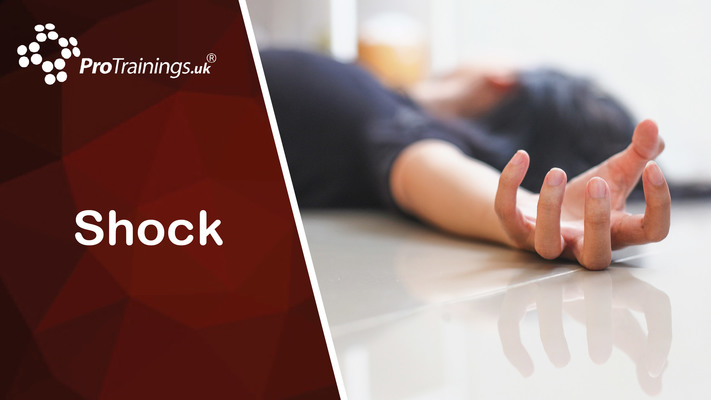ForJodie Project - Family First Aid Training Videos
Course Introduction
Initial Safety and Care
Cardiac Arrest and CPR
Heart Attack and Stroke
Choking Management
Bleeding Control
Secondary Care Ongoing Assessments for Injury and Illness
Course Details
Video Playtime
3 hours and 50 minutes
Captions
English
Instructor
Keith Sleightholm
Audio
English
Ready to get started?
ForJodie Project - Family First Aid
3 hours and 50 minutes
English
£0.00 + VAT




































































